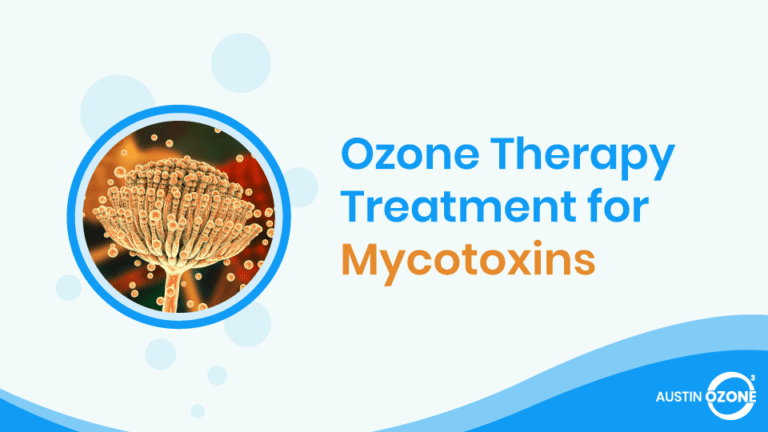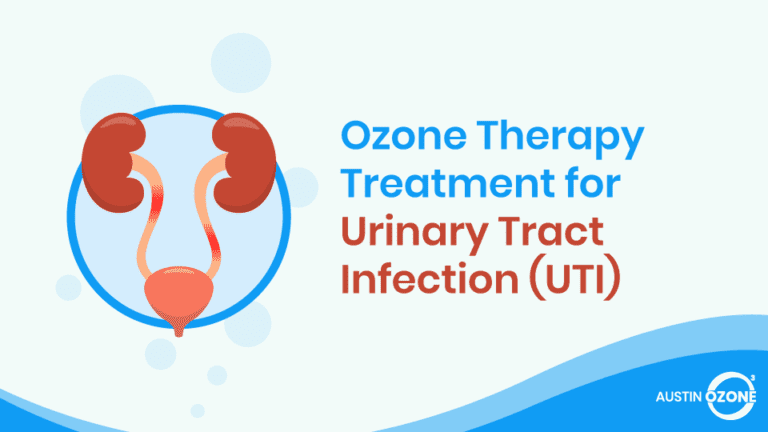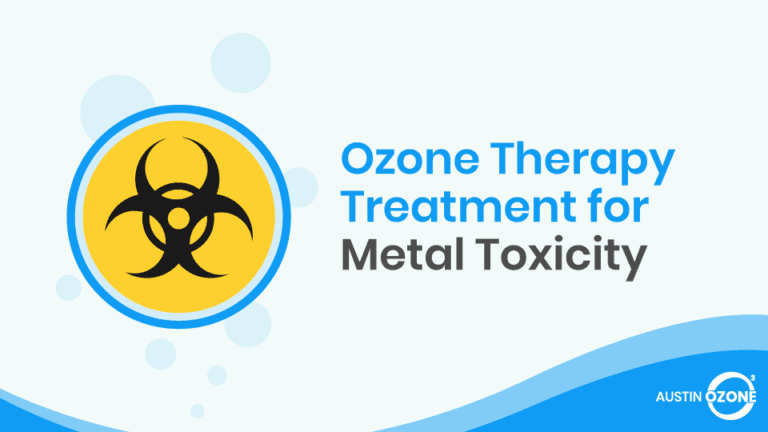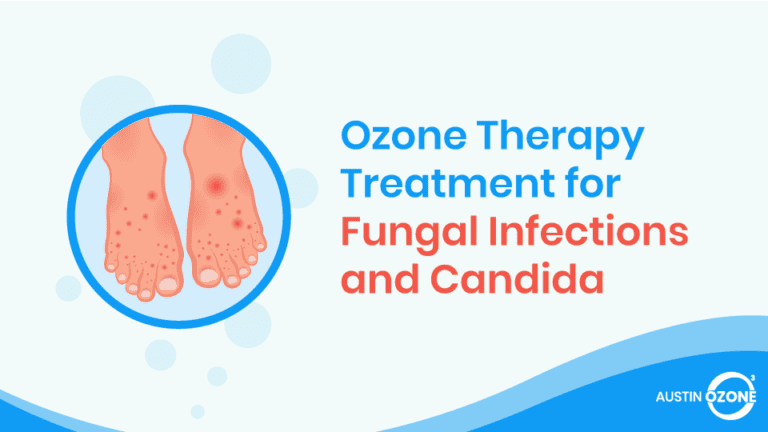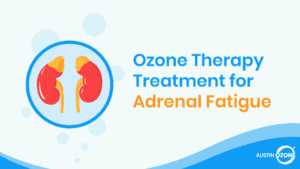Mycotoxins5 are naturally occurring substances found in food and certain types of fungi. They grow on coffee beans, dried fruits, nuts, spices, and cereals. Most of them can survive even the most strenuous food processing.
They are deemed dangerous2 as they can cause disease, or worse, death in humans. Mycotoxin contamination can easily happen, so having various ways to prevent it is necessary.
Schedule an Ozone Therapy Session Today!
Overview of Mycotoxins
Fungi are considered pathogens and are a major source of disease. Those that grow and produce disease directly in their hosts are called mycoses, while those that produce toxic fungal metabolites are called mycotoxicosis. In short, the mechanism of mycotoxicosis is almost similar to heavy metal or pesticide poisoning.
All mycotoxins are secondary fungi metabolites produced by low molecular, naturally occurring products. They are considered toxic even at low concentrations.
Mycotoxin exposure is almost always accidental, though there are people who intentionally use poisonous mushrooms to commit crimes.
All mycotoxins are secondary fungi metabolites produced by low molecular, naturally occurring products. They are considered toxic even at low concentrations.
Mycotoxin exposure is almost always accidental, though there are people who intentionally use poisonous mushrooms to commit crimes.
The symptoms4 of mycotoxicosis wholly depend on the type, amount, and duration of exposure, but some of them affect one’s digestion, breathing, and mental health. They can be compounded with the age, overall health, sex, and genetics of the affected individual.
The severity of the symptoms can also be affected by outside factors such as substance abuse, malnutrition, and vitamin deficiency. Majority of those suffering from mycotoxicosis get it from eating contaminated food.
There are different types of mycotoxins, but only about a dozen are widely studied because of their severe effects on humans.
Common Types of Mycotoxins and Where to Find Them?
The most common and deadliest of all mycotoxins is aflatoxin5. It is produced by the molds Aspergillus parasiticus and Aspergillus flavus and they can both be found in decaying vegetation, hay, soil, grains (e.g., corn, rice, wheat), oilseeds (e.g., peanuts, sunflower seeds) and spices (e.g., ginger, coriander, chili peppers).
They are also present in the milk of animals that were fed with contaminated feed. In large doses, aflatoxin can lead to acute poisoning and can cause liver cancer.
Another is Ochratoxin A5; it is found in several species of Penicillium and Aspergillus. It often grows on coffee beans, cereal and cereal products, wines and grape juices, and dry vine fruits. This mycotoxin is often produced during storage and can cause massive damage to the kidneys if consumed.
Other types of mycotoxins include patulin, nivalenol, zearalenone, deoxynivalenol, and fumonisins. These mycotoxins are reported to cause gastrointestinal disturbances2, as well as nausea and vomiting, in humans. They are also suspected to be highly carcinogenic; however, further tests need to be conducted to confirm this.
Despite mycotoxins’ many negative effects on the human body, not all are lethal. A great example of this is Penicillin, which is toxic to bacteria and known as a powerful antibiotic.
How to Prevent Mycotoxin Contamination?
Properly Dry and Store Food
There are various ways to prevent mycotoxin contamination5. Since the molds that produce mycotoxin grow on a variety of foodstuff and cannot be easily detected visually, the best way to avoid mycotoxins is to ensure that the food they can grow on are properly dried and stored.
Avoid Food With Fungi
Avoid food with fungi, as most mycotoxins are produced by matured fungi. Since fungi mainly feed on decaying remains, a matured fungus on food is a sign that mycotoxins are present and that your food is ready to be thrown away.
Inspect the Food You Eat
Before you consume whole grains or nuts, inspect them first for any visible signs of mold. Discard any food that looks discolored, shriveled, or moldy.
Buy Fresh Food
As much as possible, buy fresh grains and nuts instead of having processed ones. Food processing can either remove, decrease, or increase the levels of mycotoxin. For example, the germination of cereal grains can increase the mycotoxin level, while the cleaning and grading of cereals can significantly reduce its levels.
Avoid Foodstuff That Has Mycotoxins
It is best to avoid foodstuff that may have mycotoxins on them. Most mycotoxins cannot be completely removed under normal cooking conditions, so it is much better to choose foodstuff that is free of mycotoxin rather than trying to get rid of it.
Buy Government-approved Foodstuff
International organizations monitor the presence of mycotoxins in foodstuff and livestock. In the U.S., the Food and Drug Administration4 (FDA) is responsible for testing food products. Although fungus is visible, mycotoxin is not, so it is pretty impossible to prevent its formation.
As such, many countries establish a way of monitoring it by setting a maximum limit permitted for mycotoxins. For example, the European Union sets a maximum limit of 4 µg per kg of aflatoxin in cereals and cereal products.
Mycotoxins and the Human Health
The consumption of foodstuff with mycotoxin can cause either acute or chronic diseases. Mycotoxins3 can adversely affect the lungs, heart, kidney, liver, immune system, endocrine system, and the brain.
They also often lead to depression and memory problems, anxiety, insomnia, immune dysregulation, hypothyroidism, gastrointestinal distress, weight gain, cancer, and many more.
Even though mycotoxin contamination is considered a global problem, it is more so in areas with warm and humid environments where fungi and mycotoxin production tend to thrive.
If you are relatively healthy, being exposed to small amounts of mycotoxin may not harm you. Some even claim that those who are not sensitive to mold will exhibit fewer symptoms than those who are.
Also, some people may have a respiratory allergic reaction to mold; however, more studies are needed to verify these claims.
Testing for Mycotoxins in Humans
Generally, testing a urine sample3 is enough to detect the presence of mycotoxins in the human body. However, physicians can also ask for tests to be done on the sputum or nasal secretions, or a tissue biopsy can be performed to help them diagnose.
This is because mycotoxins can only be detected in bodily fluids and human tissues. A blood test can also be performed to determine the immune system’s response or sensitivity to molds.
Although tests are available, it is not always easy to diagnose mycotoxicosis. Therefore, clinical signs are important to make a proper diagnosis. Histopathological examinations of the tissue, particularly the existence of lesions, should be noted as this may be a sign of mycotoxicosis.
Ozone Therapy for Mycotoxins
Experts agree that there is no existing technique that will completely eliminate mycotoxins. Everyone is at risk of exposure no matter how small it is. For this reason, it is in the best interest of everyone to find more ways to prevent fungal growth and the subsequent mycotoxin production.
Ozone is a powerful oxidant often used to inactivate various pathogens and microorganisms3 including bacteria, viruses, and fungi.
Although there are only a few reports1 pertaining to the use of ozone against mycotoxins, the existing ones show some positive results in inhibiting the growth of fungi and reducing the probability of production of their toxic metabolites.
Ozone is a powerful oxidant often used to inactivate various pathogens and microorganisms including bacteria, viruses, and fungi.
While there are other chemical oxidants available in the market, ozone has the advantage of having abundant precursors, not leaving any residue upon contact, being applicable in both gaseous and aqueous forms, and not leaving any hazardous waste for disposal.
The efficacy of ozone decontamination depends on the type of food, the type of treatment required, the pH and temperature, and the contact time. With its many advantages, it is not surprising that the Food and Drug Administration1 has approved ozone as an antimicrobial agent in the food industry.
It has been established that ozone’s responses differ, depending on the mycotoxin chemical structure. What remains similar is that ozone attacks the double bonds in the chemical structure and converts mycotoxins into ozonides and molozonides derivatives. This leads to further detoxification of the foodstuff and feeds.
Exposing food to ozone gas can reduce the viability of fungal contaminants in food1. Ozone technology can also be applied to completely eliminate mycotoxin-producing fungi.
Summary
Fungi can cause illness and disease in humans in different ways, with mycotoxicosis presenting a more lethal health hazard than mycoses.
They are secondary fungal metabolites that cause complicated and often overlapping toxigenic activities, including carcinogenicity, immunosuppression, and other metabolic worries.
Mycotoxicosis is often difficult to accurately diagnose since it is not always the same as mold contamination. It is important to remember that not all molds produce mycotoxins and that even when mycotoxicosis is detected, treatment is not readily available.
The best thing to do is to avoid mycotoxicosis by treating the usual sources (foodstuff and feed) with ozone gas. This would help inhibit fungal growth and reduce the probability of mycotoxin production.
Schedule an Appointment Today
References
- Afsah-Hejri, L., Hajeb, P., & Ehsani, R. (2020). Application of ozone for degradation of mycotoxins in food: A review. COMPREHENSIVE REVIEWS IN FOOD SCIENCE AND FOOD SAFETY, 19, 1777-1808. https://doi.org/10.1111/1541-4337.12594
- Liew, W.-P.-P., & Mohd-Redzwan, S. (2018). Mycotoxin: Its Impact on gut health and microbiota. Front. Cell. Infect. Microbiol. https://doi.org/10.3389/fcimb.2018.00060
- Robins, H. (2020). Benefits of functional medicine for mold toxicity and mixed mold mycotoxicosis. Online Journal of Complementary Medicine. http://doi.org/10.33552/OJCAM.2019.03.000560
- Unlu, G. (2020, August 1). Mycotoxins and their health impacts. Retrieved from https://www.ift.org/news-and-publications/food-technology-magazine/issues/2020/august/columns/food-safety-and-quality-mycotoxins-and-their-health-impacts
- World Health Organization. (2018, May 9). Mycotoxins. Retrieved from https://www.who.int/news-room/fact-sheets/detail/mycotoxins
